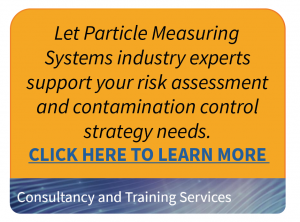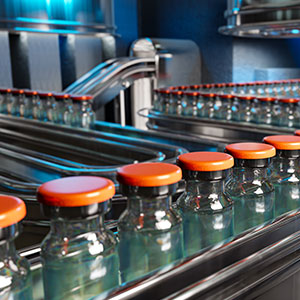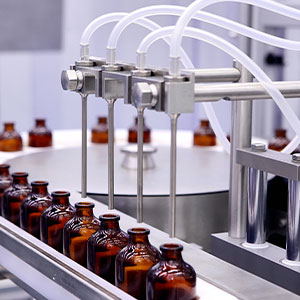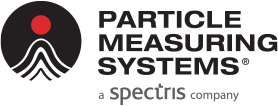Prepare to meet all current and future regulatory requirements
A Contamination Control Strategy (CCS) outlines your method to identify and analyze risk, review the mitigating opportunities and innovations, and ultimately define corrective and preventive action plans. Implementation of a CCS helps to effectively address the varied causes of contamination and compromised sterility.

Here we address the three Steps of Developing a Contamination Control Strategy: Assessment, Acceptance, and Remediation.
- CCS Assessment: Outline the Contamination Control Strategy
- CCS Acceptance: Compilation of CCS Documentation
- CCS Remediation: CCS Evaluation
Execution of a robust Contamination Control Strategy needs the support of subject matter experts in Manufacturing, Regulatory, Quality Control, Quality Assurance, and supporting departments. 
Development of a Contamination Control Strategy CCS
The proposed elements to be considered for the CCS are listed in Annex 1:
“2.5 The development of the CCS requires detailed technical and process knowledge. Potential sources of contamination are attributable to microbial and cellular debris (e.g. pyrogen, endotoxin) as well as particulate (e.g. glass and other visible and sub-visible particles).
Elements to be considered within a CCS should include (but are not limited to):
i. Design of both the plant and processes including the associated documentation.
ii. Premises and equipment.
iii. Personnel.
iv. Utilities.
v. Raw material controls – including in-process controls.
vi. Product containers and closures.
vii. Vendor ….
Get started on your Contamination Control Strategy –
Complete the form to download the full CCS paper.




